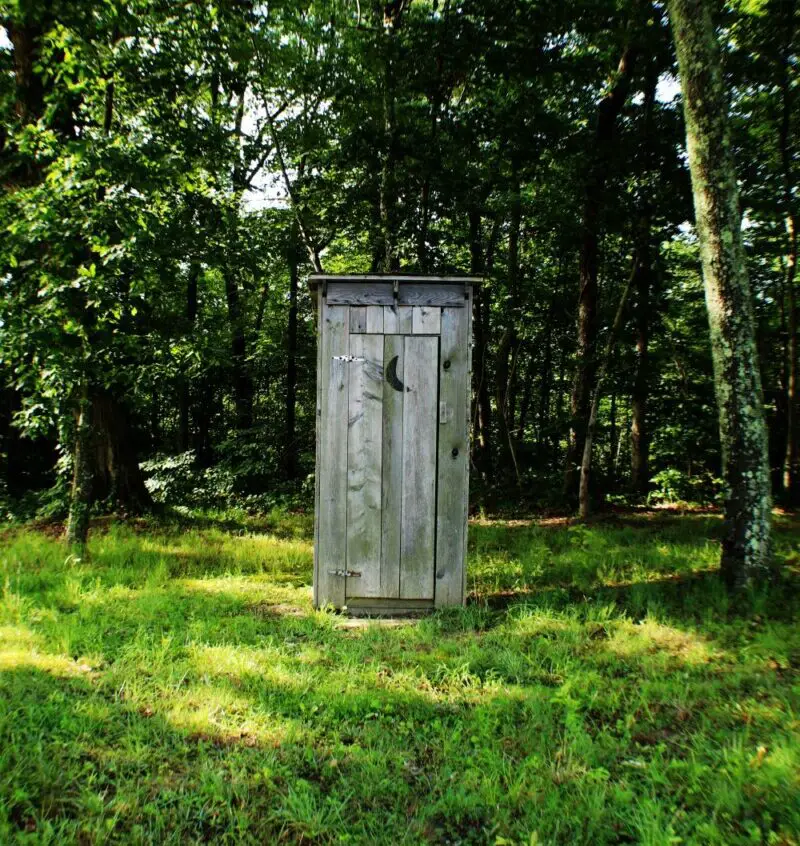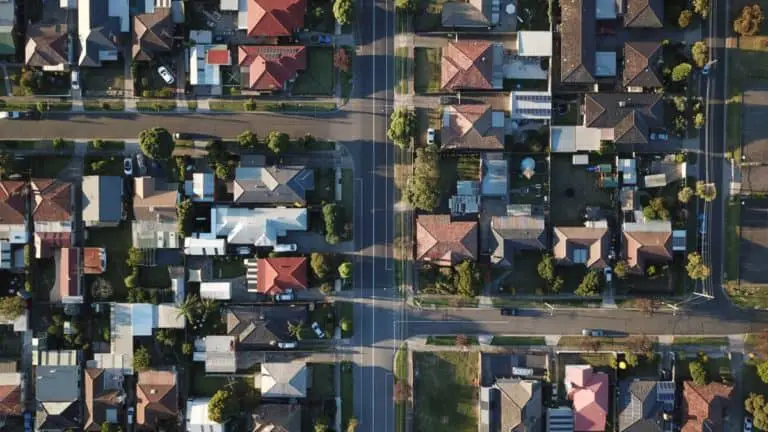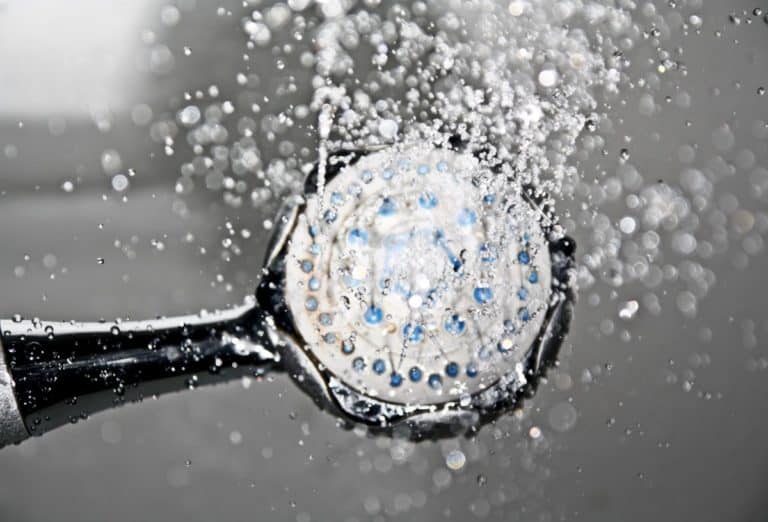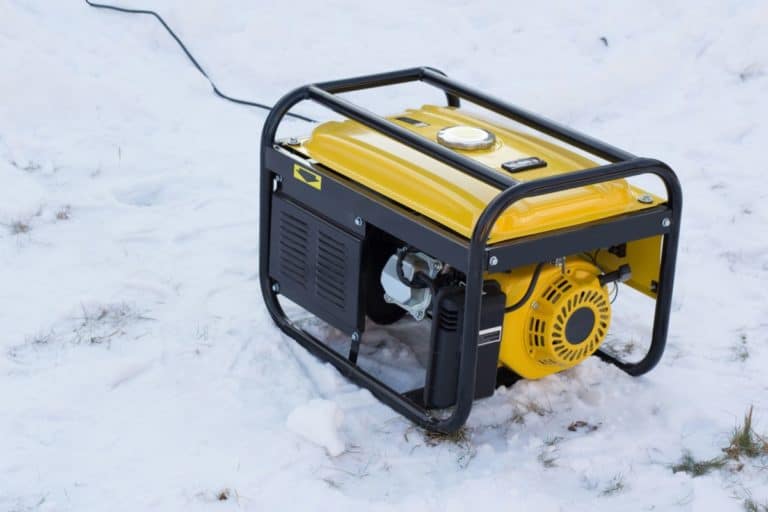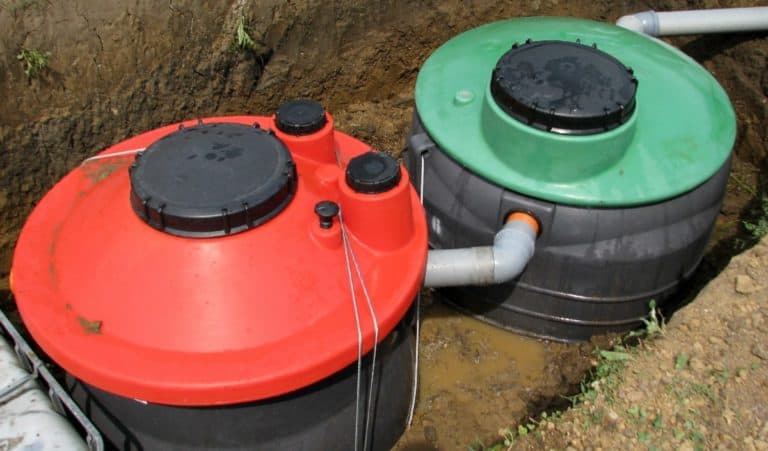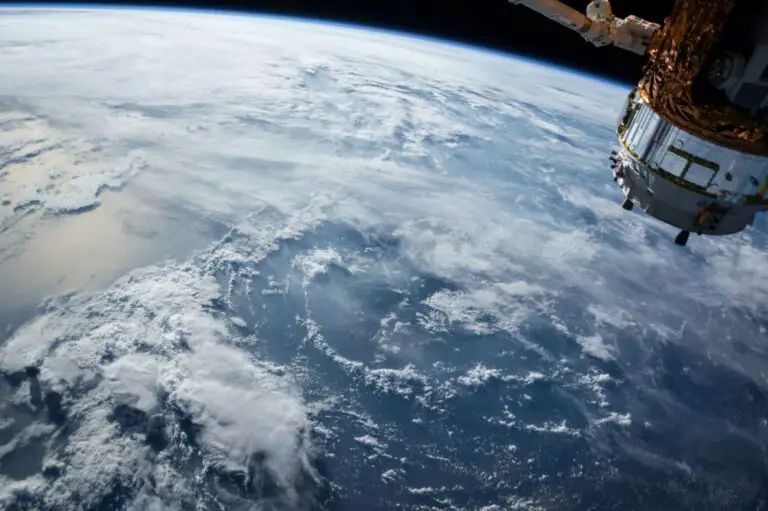Can You Safely Burn Your Poop Off-Grid?
Animal waste off-grid or on the homestead is a valuable commodity that can be re-purposed to be useful in a number of ways. Human waste, however, is another off-grid challenge that you don’t hear discussed frequently, but it is a very necessary component of living off the grid. Is burning your poop a viable and safe way of disposing of this waste material when living off-grid?
Burning poop is not a safe waste disposal method when living off-grid. Human waste has a high moisture content which prevents thorough burning of the material. It also carries bacteria and could pose a danger to the environment if not dealt with appropriately. A septic system or a composting toilet is a better alternative.
Human waste carries a whole host of potential diseases and can cause unhealthy and unsanitary living conditions. There are different methods that can be used to dispose of this waste safely and in ways that are good for you and the environment, but burning your poop is not one of them.
Table of Contents
Is Burning Your Poop Off-Grid An Option?
There are many problems associated with burning human waste as an option for waste management off-grid. Fortunately, there are lots of alternatives that are easier to manage and safer than burning your poop.

There have been great strides made in technology that has seen processes being developed to turn both human and animal solid waste into a fuel source, but these processes require equipment that is usually beyond the scope of off-grid living.
The main problem associated with burning your poop is the moisture content. As we know, even with green wood, anything that is heavily moisture-laden does not burn easily, and when it is in the fire, it produces a lot of smoke while it dries out.
The US military employed burning human waste as a means of disposing of human waste during the war in Vietnam. This was done by combining the waste with diesel fuel and burning the contents. This process produced huge amounts of foul-smelling, thick black smoke that polluted the air and stuck to anything it settled on!
Burning your poop this way is probably not something you would want to try when living off-grid! In order to burn your poop effectively and without huge plumes of smoke, you would need to significantly dry out the waste before burning.
There are some methods of human waste disposal which do make use of the burning of waste, but this is a labor-intensive, unpleasant job and an activity that contributes to air pollution, groundwater pollution and could be hazardous to the person doing the burning.
The systems where burning is used is in some outhouse-type systems with pits that receive the human waste. Once the outhouse pit is full, the external outhouse is moved, and the contents of the pit are burned. The waste can burn and smolder for a long time, posing a danger to children and animals. Once the burning has taken place, the pit is filled up.
In pit toilets, the urine and poop are not separated out, which makes the waste very wet and difficult to burn, which produces smoke and odors, as we have already mentioned.
Separate Solid And Liquid Waste
To promote reducing the moisture content of the poop, you would need to separate your urine from the poop at the time you use the facilities. This means not allowing the urine to go into the same receptacle as the poop.
You would then need to somehow find a way of drying out the poop to the point at which it could be burned. This would involve leaving it in a warm, ventilated space where it would be protected from the rain and from flies and other pests.
Because of its high moisture content, it would take a long time for the poop to dry out sufficiently to burn. You could add other ingredients to the poop to help to dry it out before burning, such as sawdust or other dry organic material. But, if you are going to do this, it will make more sense to turn the mixture into compost rather than burn it.
As a result, burning your poop is not a viable option for disposing of human waste when living off-grid. There are other methods that are much more conducive to disposing of this waste product effectively and, in some cases, produce an end product that you can make use of on the homestead.
Does Burning Poop Smell?
If wet poop is placed in a fire, then yes, it does smell to burn this waste product. When it has had an opportunity to dry, or mixed with other products, such as sawdust, that absorb the moisture, then the odor and the smoke are reduced during burning.
This is because when the poop dries out, the microbial content that breaks down the poop and creates the bad smell begins to die out, and the decomposition process slows down, and it dries out. Burning this poop mixture will produce less smoke and less smell.
Other Poop Processing Methods Off-Grid
Depending on your location and your preference, there are other methods you can use to safely dispose of your poop off-grid that are better options than burning the waste:
Septic systems
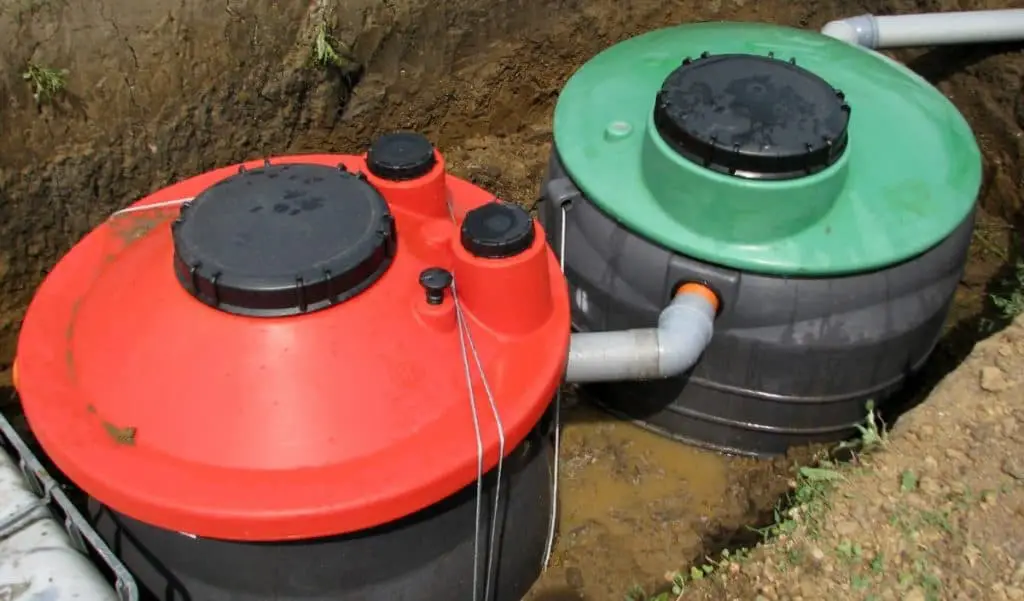
If you have plenty of water on-site for your off-grid home, you can install a septic tank or a soak-away system, which utilizes a normal flushing toilet. The waste goes to an underground storage system which filters the solids from the liquid and allows the liquid to soak back into the soil. The solid waste slowly collects in the tank and will need to be pumped out every 3 to 5 years.
A family home for 3 or 4 people will usually need a septic tank with a capacity of about 1,000 gallons. Depending on its construction, it could measure between 90 and 120 inches long and 60 to 80 inches wide. The liquids are released back into the soil in a specially prepared area called a leach field. The average leach field needs to be about 4,500 square feet which could be an area 100 feet long and 45 feet wide.
You can install a septic system yourself, but local zoning restrictions may require professional installation and an inspection. Before you attempt to install one you should investigate the legal restrictions in place in your area. Professionally installed systems are also likely to last longer, so spending a bit more upfront may save you money later on.
Composting toilets
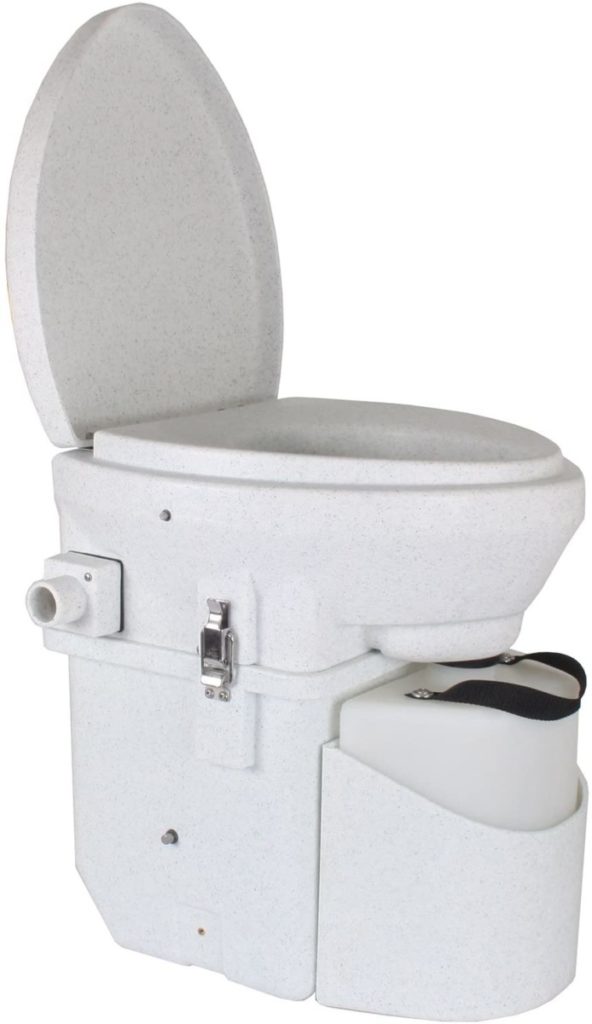
These can be bought as premade self-contained units or made as part of a DIY project like the one on this video. They require less ongoing maintenance, and at the end of it, you have a usable compost material that can be used to benefit the soil around your off-grid home.
The most common way that this is achieved at minimal cost is to use the bucket system, usually a 5 gallon (20-liter) bucket. Essentially, the toilet is a wooden box with a hole cut in the top and a toilet seat secured over the hole. The bucket is positioned under the hole and catches the human waste.
After you have been to the bathroom, you will cover your waste with sawdust or other organic matter, such as pine needles, fallen leaves, or something similar. This locks in some of the odor and helps to absorb the moisture.
Some composting toilets require that you have a separate outlet for urine, but this is not always necessary and adds another level of complexity to the composting toilet construction and to its use. This is not necessary if you use the bucket system and use enough of the sawdust to soak up the liquid component of the waste.
Once the bucket is full, a lid is placed on the bucket, and it is removed from the toilet and placed outside, where it will be left for 4 to 6-weeks while the composting process begins. A fresh bucket is then placed inside the toilet.

Once the full bucket has sat for a while, the contents are emptied into a compost pile by opening up the center of the compost pile, dumping the bucket contents inside, and then covering it up with a layer of straw or similar material. Once the pile is full, it must be left without adding fresh material to the pile for the period of 1 year.
You can start a second compost pile adjacent to the first and rotate these piles to continue the composting process of your poop and have great usable compost at the end of the process.
This method saves water, protects the environment, and allows you to recycle your own waste into a usable product.
To find out more about dealing with waste off-grid check out my article The Complete Guide To Off-grid Wastewater Management.
Conclusion
Although poop burning is a practice that many cultures continue, and it is a method that is used to get rid of human waste in some outhouse systems, the burning process can be dangerous and contribute to air pollution and other global issues.
Burning your poop as part of your off-grid lifestyle is not something that is recommended. Rather use a composting toilet and recycle your poop into a usable commodity in your off-grid garden!
My Off-Grid Product Recommendations
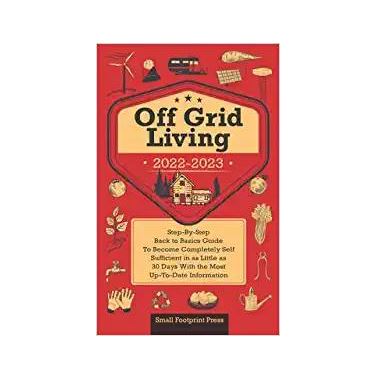
Useful Book: Off Grid Living 2022-2021 – This incredible step by step guide is a great read and gives you useful information about reaching self-sufficiency in just 30 days. Get the paperback on Amazon or read it free with a Kindle Unlimited subscription or listen to the audio version with Audible Plus membership.
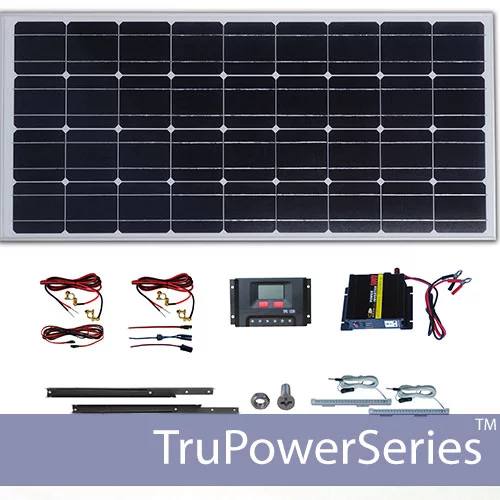
Small Solar Panel Systems: Silicon Solar – This is an excellent company that offers lots of products to get you started on your solar journey. Visit Silicon Solar.
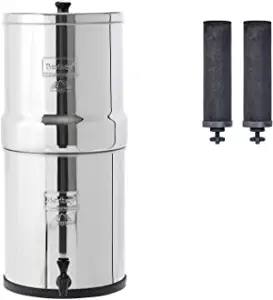
Family Water Filter: Big Berkey – For a fast, affordable water filter with no plumbing required, you can’t beat a Big Berkey gravity-fed filter like this one from Amazon.
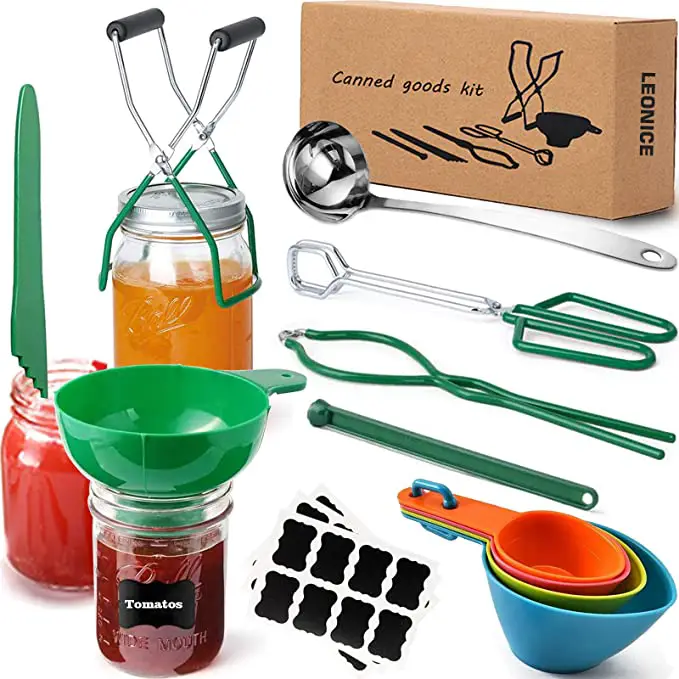
Canning Equipment – This canning starter kit, 22-quart Barton pressure canner and twelve-pack of Ball 16oz mason jars will help you preserve food as you work towards self-sufficiency.
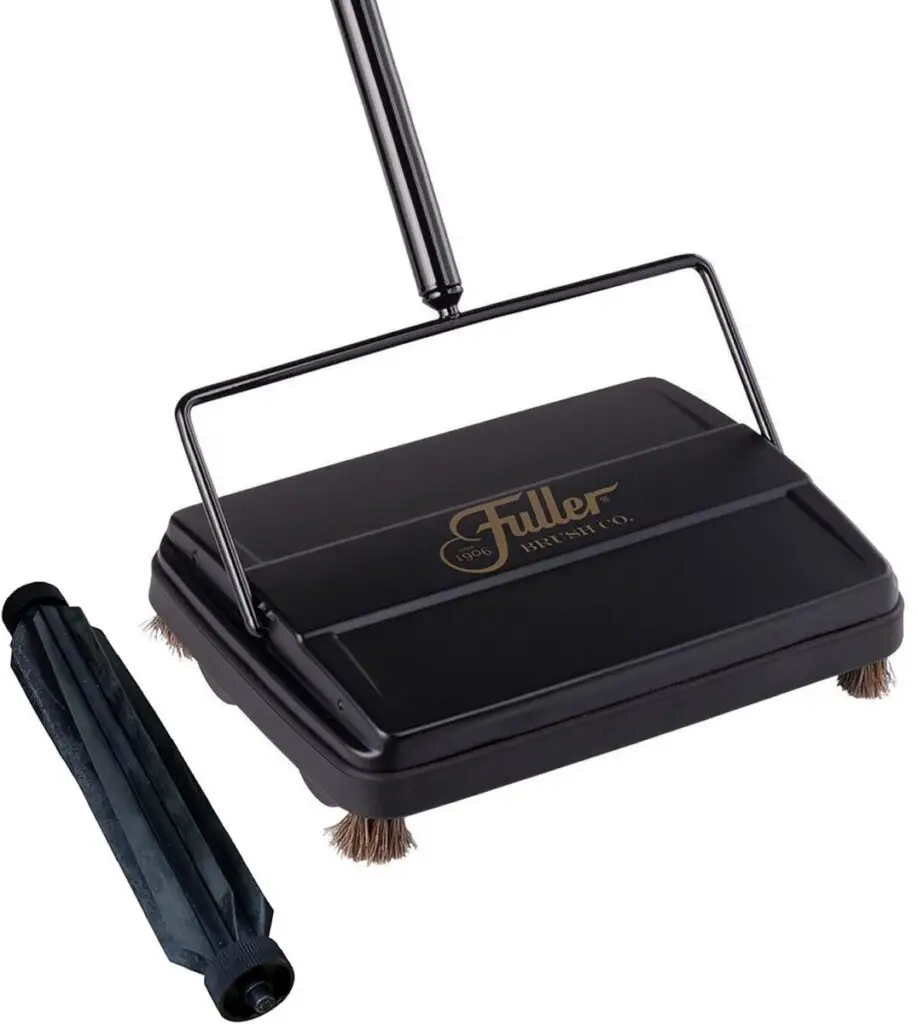
Cleaning: Fuller Carpet Sweeper –. This carpet sweeper is an ideal way to keep your home clean without using up your energy stores on vacuuming.

Handy Knife: Gerber Serrated Paraframe – This handy all-purpose knife is lightweight and ideal for all those little jobs around your home and garden.
Related Reading
If you’re looking for tools, equipment or reading materials, I have some other articles that you may find useful:
